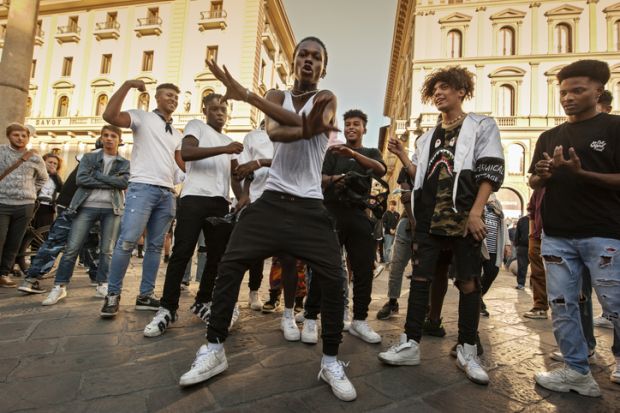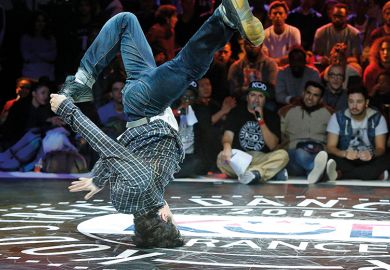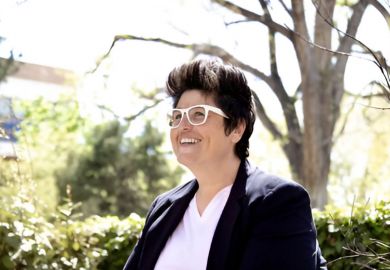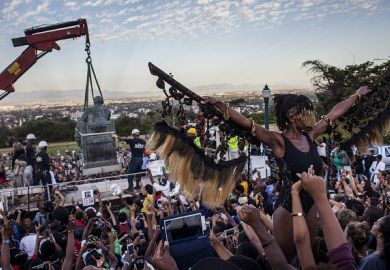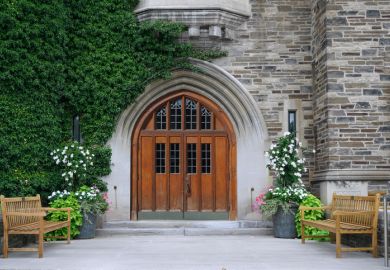“I think architecture has been way behind a lot of disciplines in addressing the realities of race and gender and politics,” said Sekou Cooke, an assistant professor at Syracuse University’s school of architecture.
Trained at Cornell and Harvard universities, Mr Cooke recalled a system of teaching that “doesn’t really start with a pluralistic viewpoint”, was “based in understanding European-based architecture that is white and male” and was notable for what – and whom – it excluded.
Though the Swiss architect Le Corbusier, for example, was certainly “an iconic figure we should be learning about, the trouble comes when his way of thinking is thought of as the only way. His impact is so large that it has completely shaped the core of architectural education for the past 70 years…Yet his vision of the future of the city – the Ville Radieuse – [involved] building glass towers and eradicating the slums because they are seen as dirty and poor and gross.
“I’m saying: all of that stuff you are going to eradicate has value…I want to think about the people who live there and how they have shaped the spaces of those ‘slums’. What can we learn from that?”
As part of his own architectural practice, Mr Cooke is working on a project to turn an abandoned dairy into a cultural centre called the Syracuse Hip-Hop HQ, “a sort of living museum, where graffiti crews will be invited in to tag it on an annual basis”. Another project is a community centre for a church organisation, which will act as “a space for recollection and memory of all the lost histories of the area”, even incorporating into the façade fragments of the houses that have been torn down.
In parallel with this, Mr Cooke has been carrying out research and teaching courses asking: “What processes and methodologies can we extract from hip-hop culture in order to produce architecture?”
His ideas have been distilled into Hip-Hop Architecture (Bloomsbury). Spurning “architectural academic elites”, the book is specifically aimed at “those who have continually shaped their own environments and [been] dismissed as ‘primitive or outsider’”. It ranges far beyond the traditional “flawed canon” to look at projects such as the architectural initiatives of rapper Kanye West, Afrofuturism and activist architecture, and what Mr Cooke described as “the informal architecture of favelas, the Makoko floating village [on the outskirts of Lagos, Nigeria] and other aggregated communities”. Its goal is nothing less than to “fundamentally transform the discipline, profession and practice”.
Register to continue
Why register?
- Registration is free and only takes a moment
- Once registered, you can read 3 articles a month
- Sign up for our newsletter
Subscribe
Or subscribe for unlimited access to:
- Unlimited access to news, views, insights & reviews
- Digital editions
- Digital access to THE’s university and college rankings analysis
Already registered or a current subscriber?
